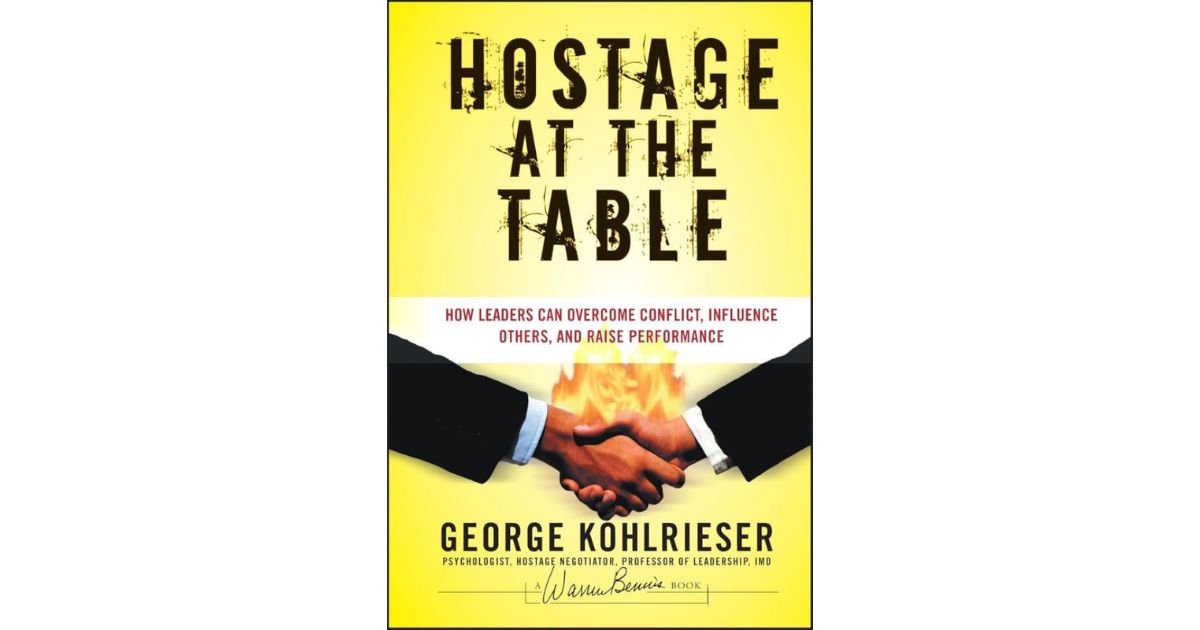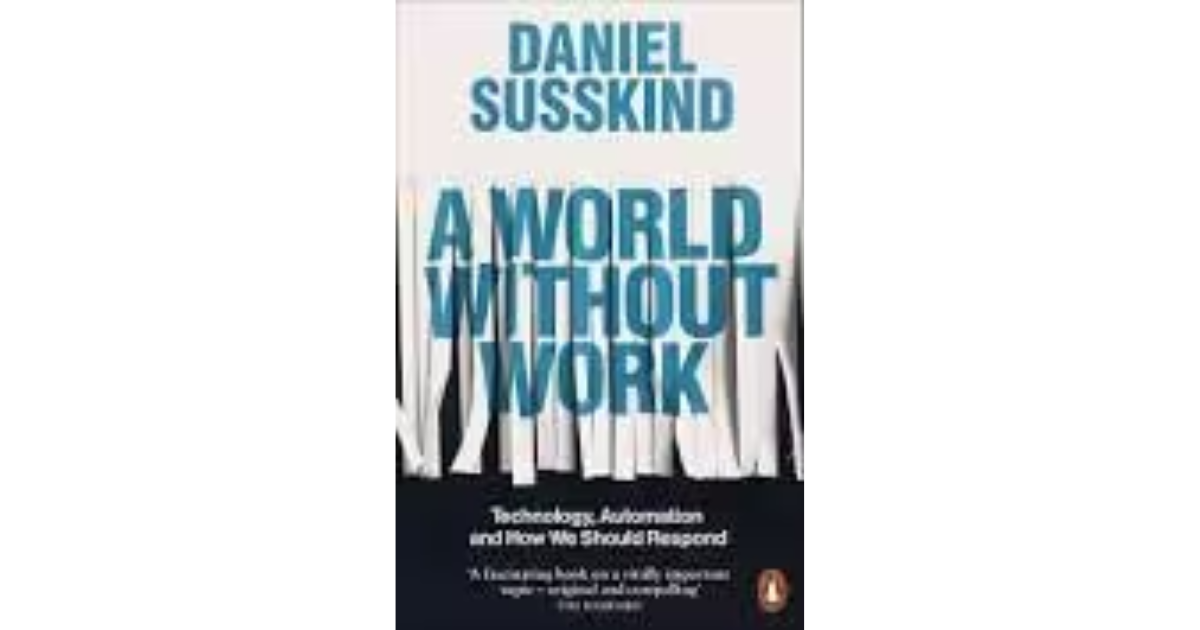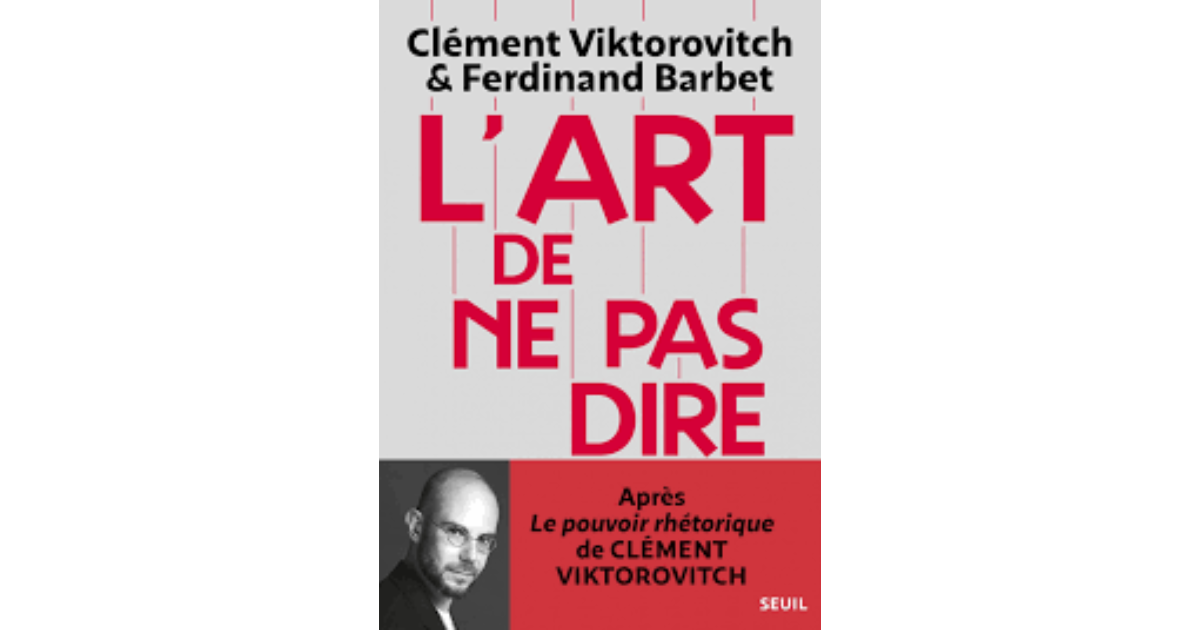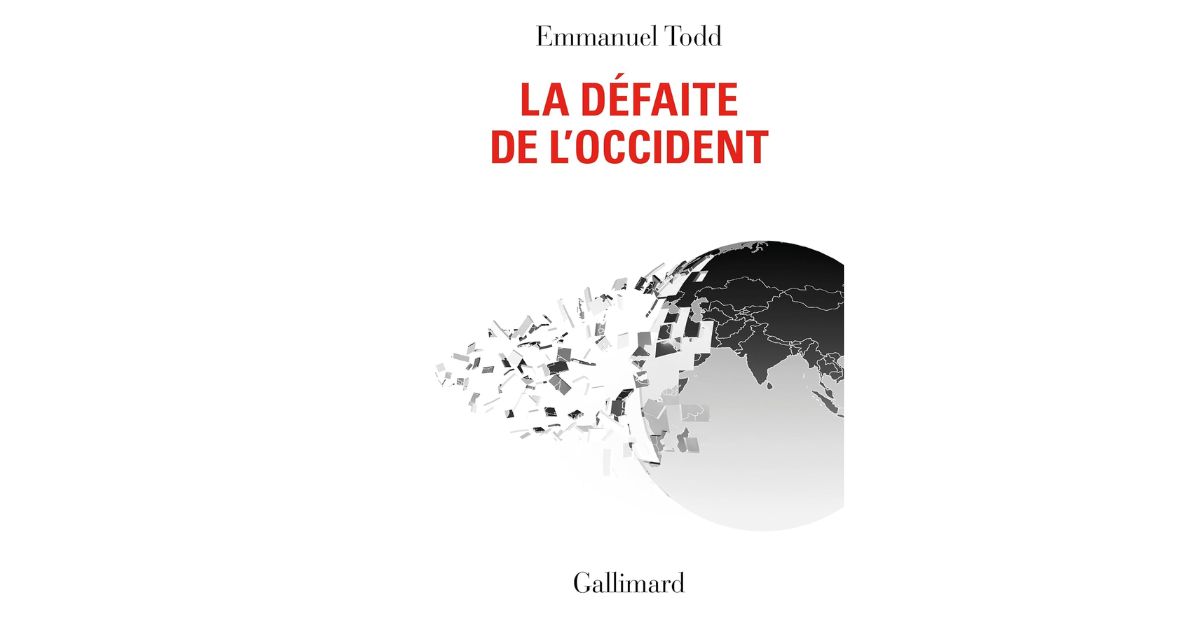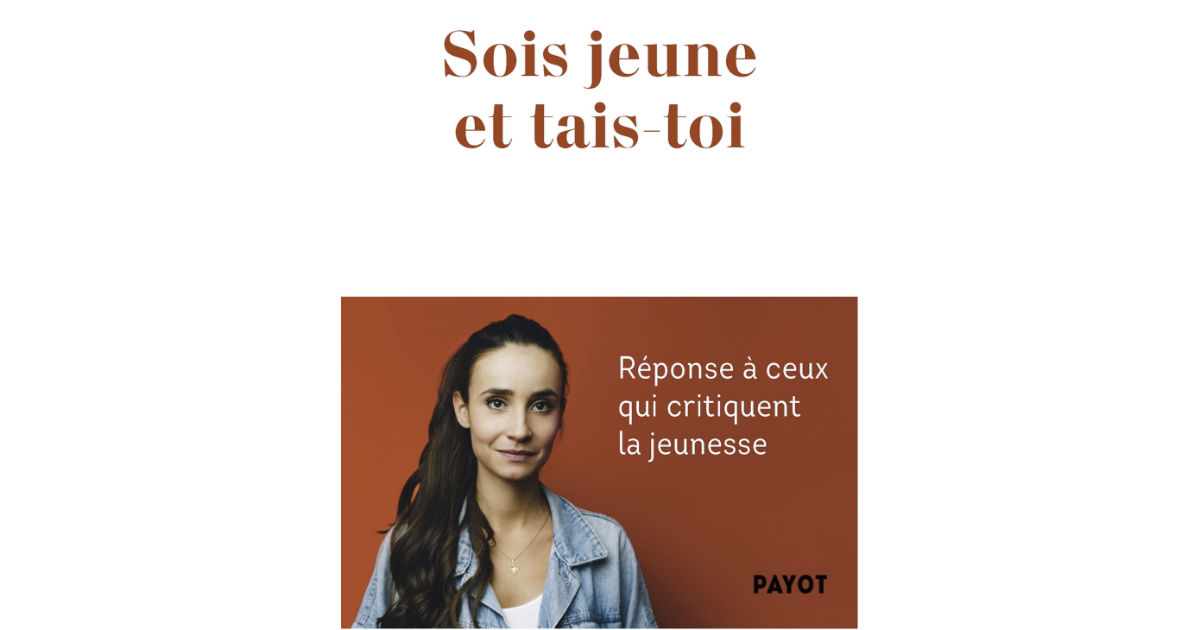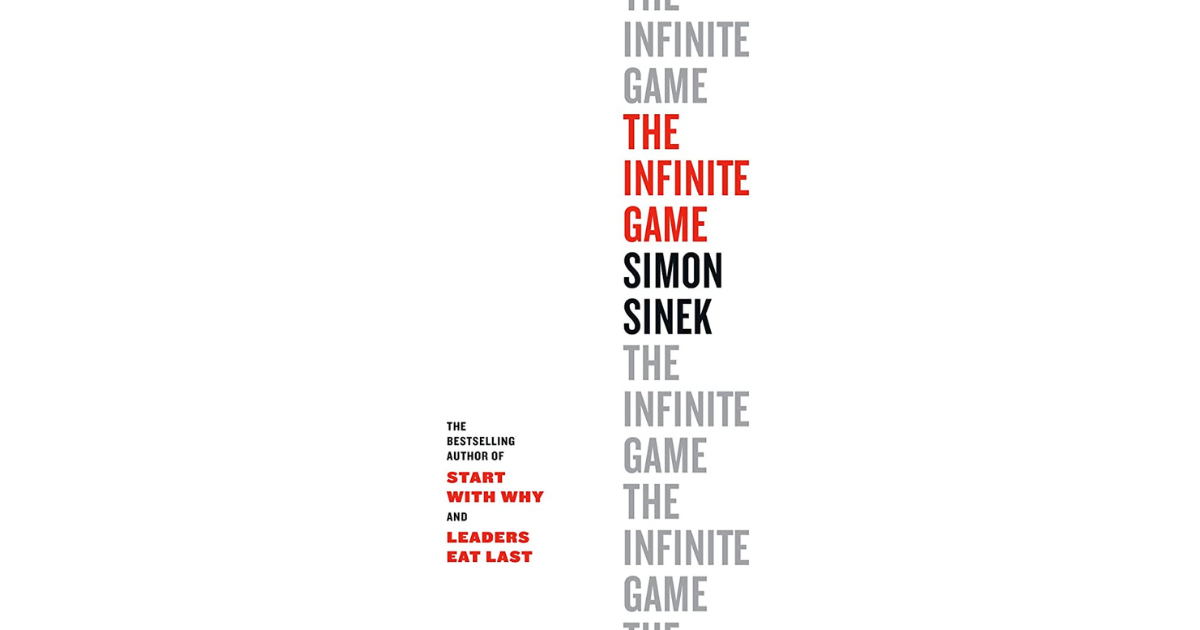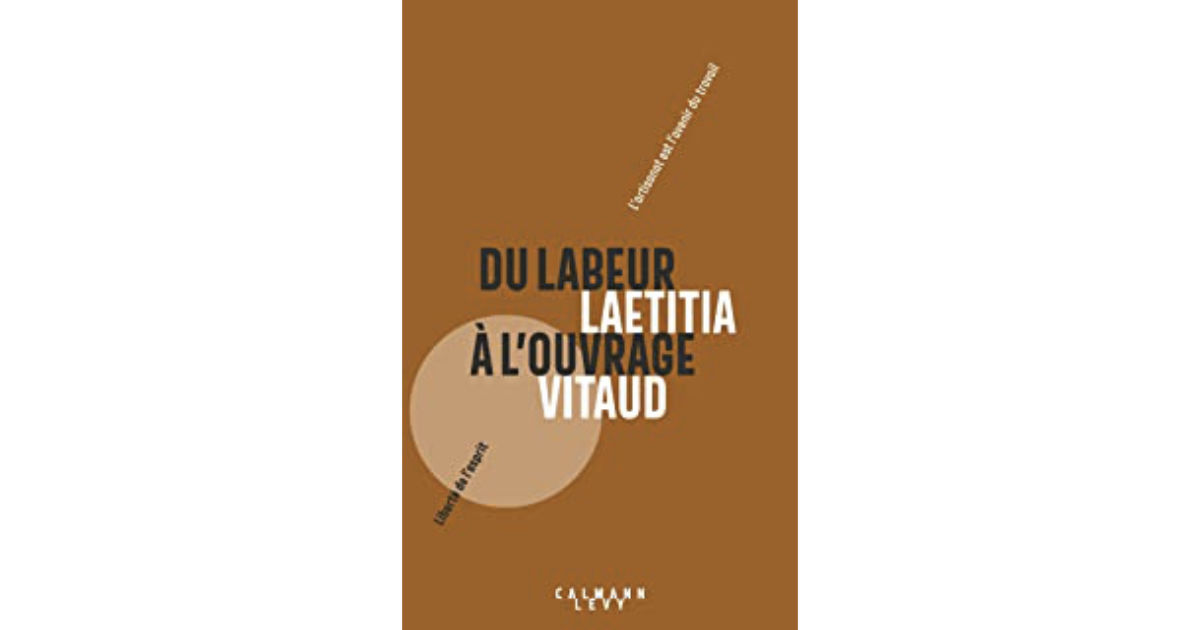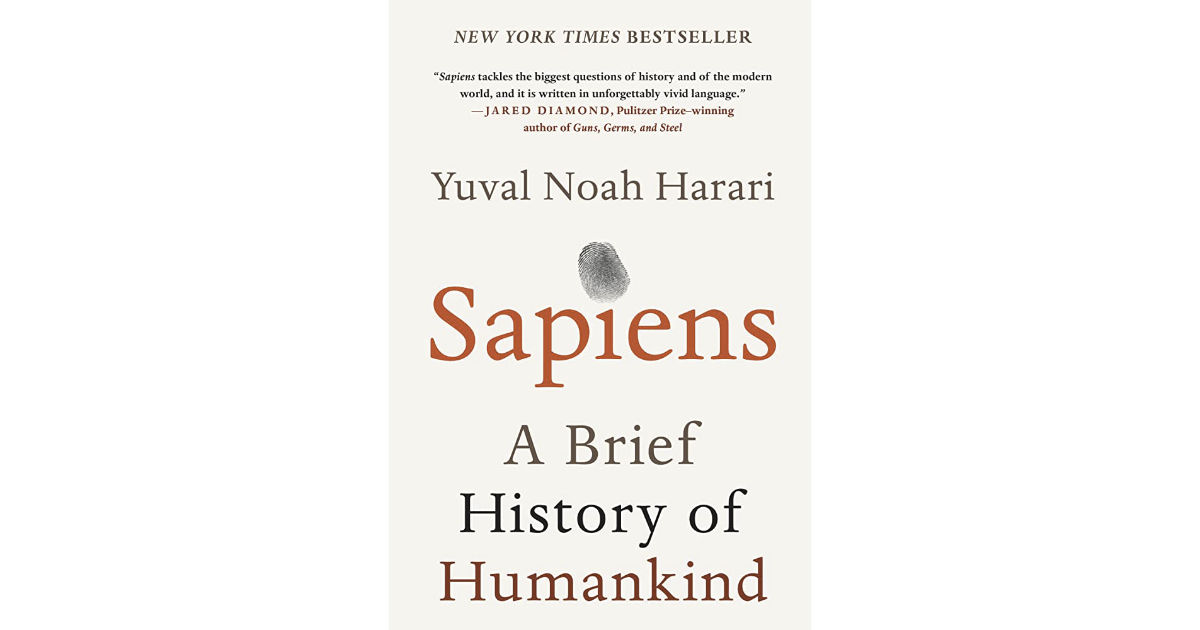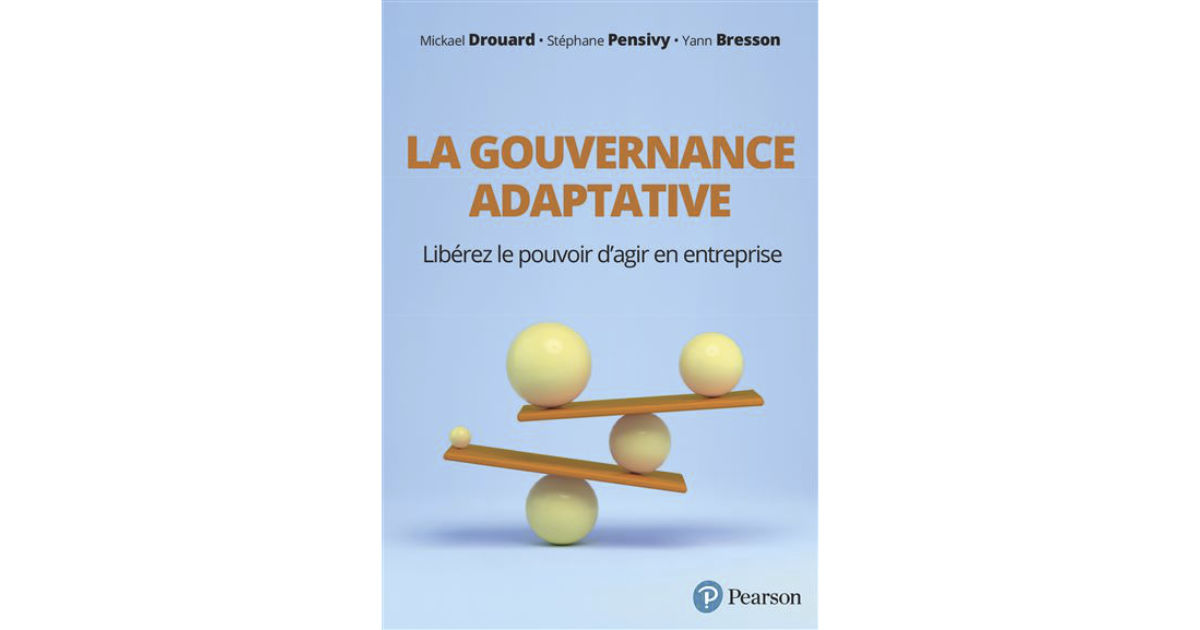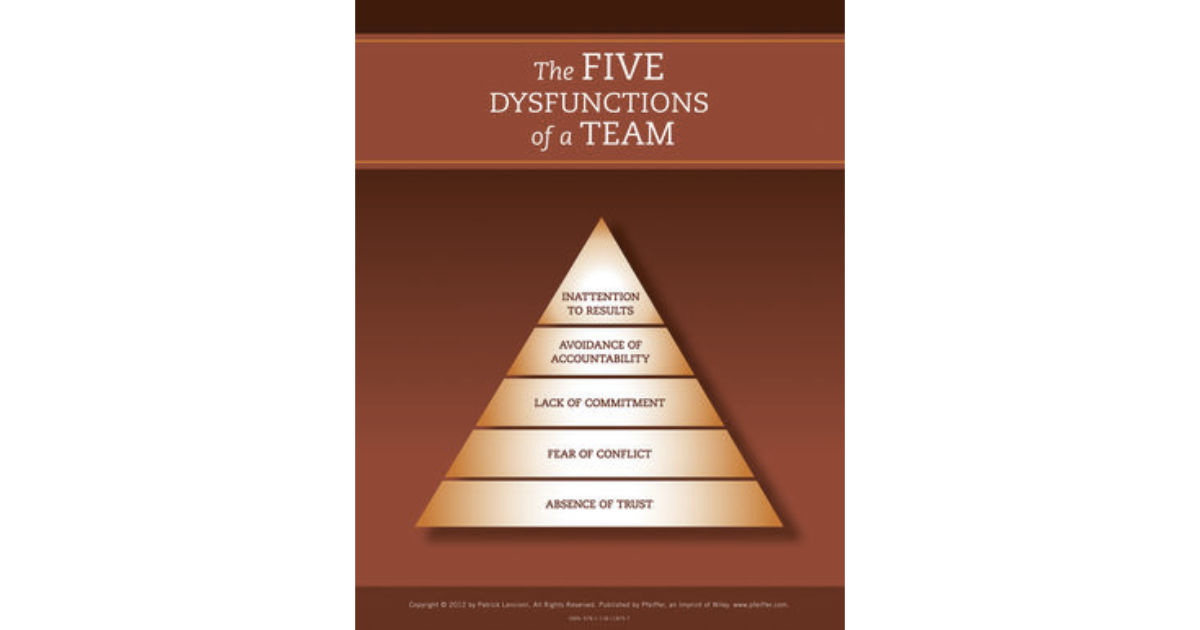Negotiation, far from being a power struggle where each side seeks to impose their victory, resembles a dance between two partners: it demands listening, sensitivity, subtle adjustments, and a genuine connection to move forward together and find balanced solutions. With an accessible writing style and anecdotes drawn from real-life situations, Georges Kohlrieser—drawing on his experience as a hostage negotiator—demonstrates that creating an authentic and respectful bond is the key to transforming tension and deadlocks into opportunities, whether it’s about saving lives or avoiding an endless meeting.
At some point in our lives, we are all psychological hostages—trapped by our feelings, inextricable situations, overwhelming relationships, or even ourselves. Recognizing this hostage state, building an emotional connection with oneself and with others allows us to see beyond the problem and construct relational bridges instead of walls. It’s not about liking the person; it’s about creating an emotional bond. The mind’s eye is central to this process: visualizing a positive outcome, even when everything seems locked, fuels our resilience and prevents negative emotions from taking control. After all, a negotiator who loses their composure is like a pilot without a compass—they’ll end up off course.
Conflicts can be sources of opportunity, provided the connection is maintained, ego battles (I’m right, and I must win) are avoided, and the issue is “put on the table”: naming and acknowledging problems, even the most uncomfortable ones, to defuse tensions. By addressing disagreements with honesty and respect, what once seemed insoluble becomes an opportunity for dialogue and progress. Authentic dialogue—respectful and, why not, sprinkled with a touch of humor—can work wonders.
In negotiations, recognizing and embracing one’s emotions is essential to turning them into our greatest ally rather than our worst saboteur. Remaining steady in the storm relies on firmly anchoring ourselves to our security bases—whether it’s a mentor or trusted confidant, a strong idea, or a calming routine. These deep anchors help us navigate the turbulence of emotions with calm and clarity.
Negotiation is not a battle but an art of connection and harmony. Georges Kohlrieser teaches us that inner freedom and success in negotiation are rooted in connection, a positive vision, solid foundations, and the courage to name the issues.
It would be more accurate to say that we see with our brain rather than with our eyes. However, the more interesting point is that the brain does not always need to receive information through the eyes in order to “see.” It can recall sights, sounds, and feelings from memory and run the whole sequence like a movie, all inside our head, in the mind’s eye

